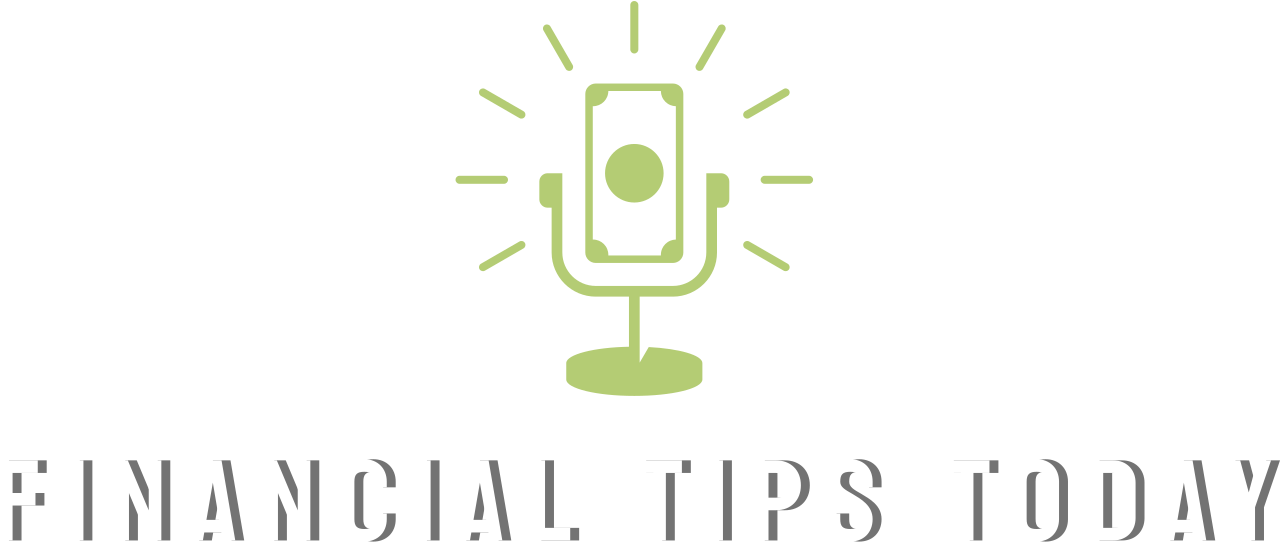Saving for retirement is crucial, and a 401(k) plan is one of the most popular options. However, understanding the fees associated with 401(k) plans can be daunting. These fees can significantly impact your retirement savings if not properly managed. Let’s break down the different types of 401(k) fees and how they can affect your retirement savings.
Types of 401(k) Fees
- Administrative Fees
- These cover the cost of operating the 401(k) plan. They can include recordkeeping, accounting, legal services, and customer support.
- Example: If your 401(k) plan has a 0.5% administrative fee and your account balance is $50,000, you would pay $250 annually.
- Investment Fees
- These are charged by the funds in which your 401(k) assets are invested. They cover the cost of managing and operating the fund.
- Example: If an investment fund charges a 1% fee and you have $20,000 invested, you would pay $200 per year.
- Individual Service Fees
- These are charged for optional services, such as taking out a loan from your 401(k) or receiving paper statements.
- Example: If you take out a loan from your 401(k) plan, you might pay a one-time fee of $50.
Impact of Fees on Your Savings
The impact of fees on your retirement savings can be significant. Even seemingly small fees can add up over time due to the effect of compounding.
- Compounding Effect: Over many years, the fees deducted from your account can result in a substantial reduction in your final retirement balance.
- Example: Assume you have a 401(k) balance of $100,000, and you plan to invest for 20 more years. With a 7% annual return and 1% in annual fees, your account would grow to approximately $320,000. Without the 1% fee, it would grow to about $386,000. That 1% fee costs you $66,000 over 20 years.
How to Manage 401(k) Fees
- Review Your Plan’s Fee Disclosure
- Employers are required to provide a fee disclosure statement. Review this document carefully to understand what fees you are paying.
- Choose Low-Cost Investments
- Opt for index funds or ETFs, which typically have lower fees compared to actively managed funds.
- Consider the Total Expense Ratio (TER)
- This includes all the fees associated with the fund, not just the management fee. A lower TER means more of your money stays invested.
- Consolidate Accounts
- If you have multiple 401(k) accounts from different employers, consider rolling them over into a single account to reduce administrative fees.
- Consult a Financial Advisor
- A professional can help you understand the fees and suggest strategies to minimize them.
Conclusion
Understanding and managing 401(k) fees is crucial for maximizing your retirement savings. By being aware of the different types of fees and their impact, you can make informed decisions to ensure more of your money works for you. Regularly reviewing your 401(k) plan and seeking professional advice can help you stay on track towards a comfortable retirement.





 GOOGL
GOOGL  META
META
Leave a Comment